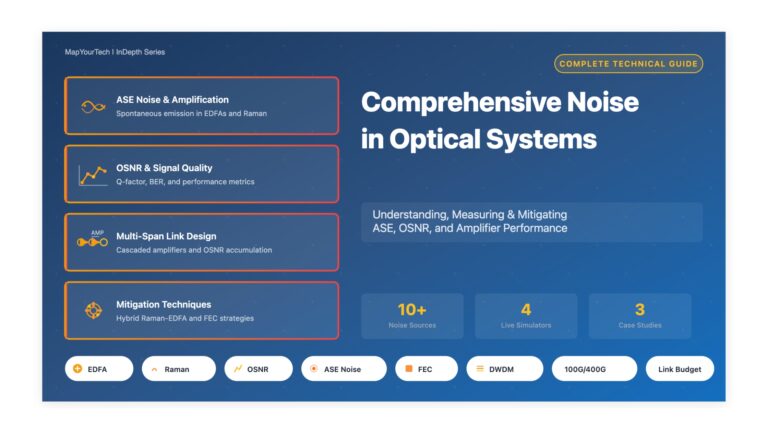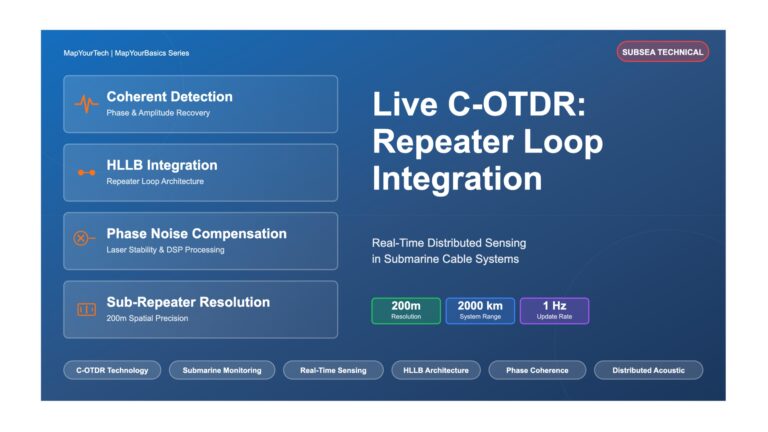This is because of the reduction of the minimal distance between two points of the constellation, which reduces the resilience to channel impairments. For instance, going from a PDM-QPSK up to a PDM-16QAM transmission doubles the data rate at the cost of an optical reach divided by a factor of 5.
Modulation is the process of encoding information onto a carrier signal, which is then transmitted over a communication channel. The choice of modulation scheme can have a significant impact on the reach of a system, which refers to the maximum distance over which a signal can be transmitted and still be reliably received.
There are several ways in which changing modulation can improve the reach of a system:
Increased spectral efficiency:
Modulation schemes that allow for higher data rates within the same bandwidth can improve the reach of a system by enabling more data to be transmitted over the same distance.
This is achieved by using more complex modulation schemes that allow for more bits to be transmitted per symbol.
Improved resistance to noise:
Some modulation schemes, such as frequency-shift keying (FSK) and phase-shift keying (PSK), are more robust to noise and interference than others.
By using a modulation scheme that is more resistant to noise, a system can improve its reach by reducing the probability of errors in the received signal.
Better use of available power:
Modulation schemes that are more efficient in their use of available power can improve the reach of a system by allowing for longer distances to be covered with the same power output.
For example, amplitude modulation (AM) is less power-efficient than frequency modulation (FM), which means that FM can be used to transmit signals over longer distances with the same power output.
Overall, changing modulation can improve the reach of a system by enabling more data to be transmitted over longer distances with greater reliability and efficiency.
Unlock Premium Content
Join over 400K+ optical network professionals worldwide. Access premium courses, advanced engineering tools, and exclusive industry insights.
Already have an account? Log in here



